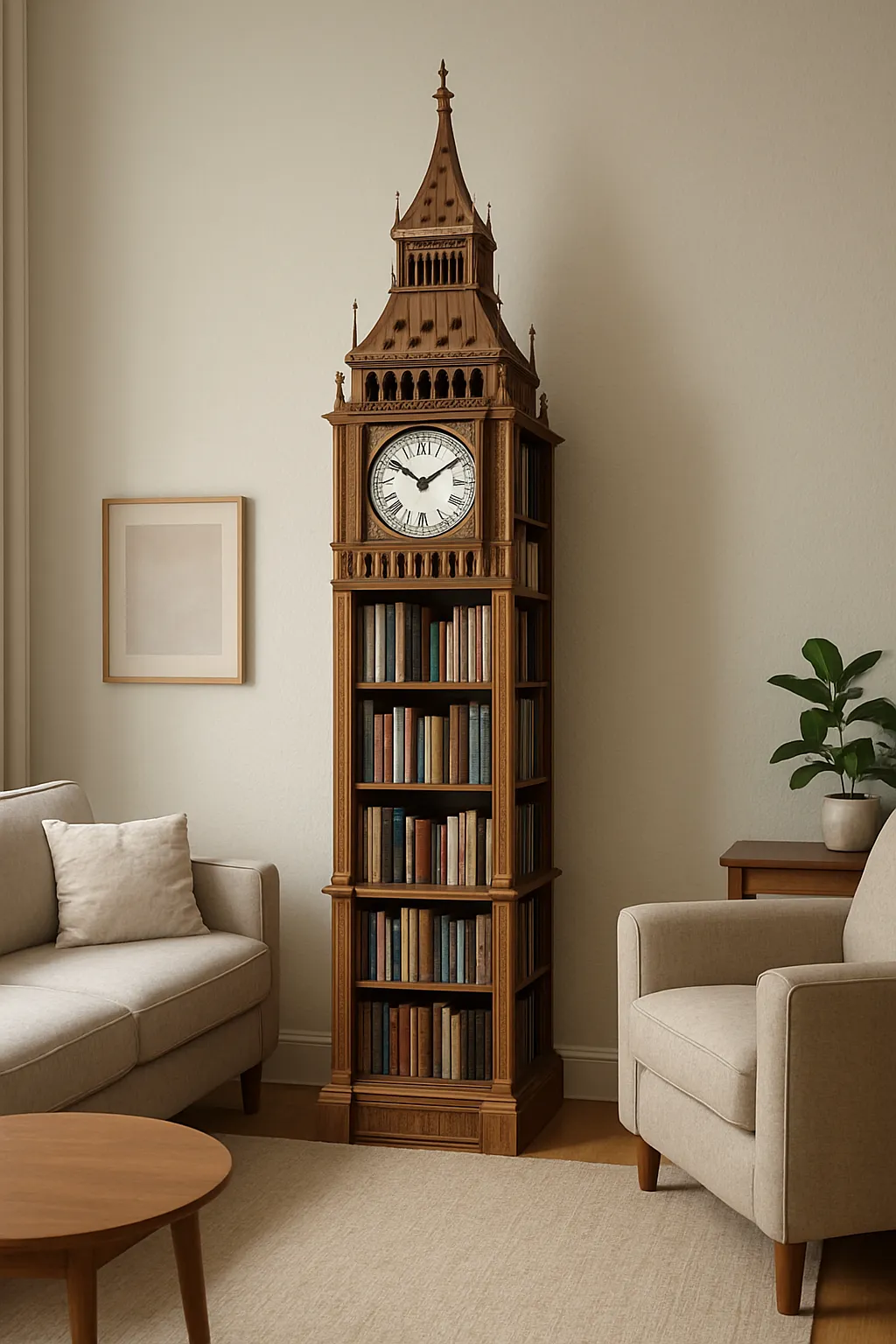Absolutely! Japan during cherry blossom season is magical, and with your $4,200 budget for two adults over 10 days, I’ll help you have a balanced, fun, and culturally rich experience without breaking the bank. Let’s dive in!
1️⃣ Trip Cost Overview
| Category | Estimated Cost (USD) | Notes |
|---|---|---|
| Flights | $1,200 | Round-trip for 2 adults (book early) |
| Accommodation | $1,200 | Mix of mid-range hotels + 1 ryokan night |
| Transport | $400 | Includes JR Rail Pass & local transport |
| Food | $700 | Mix of sushi, ramen, convenience meals |
| Activities | $400 | Temples, tea ceremony, onsen & events |
| Extras & Shopping | $300 | Souvenirs, snacks, unexpected expenses |
| TOTAL | $4,200 |
2️⃣ Daily Spending Plan (for 2 people)
| Category | Per Day Cost (USD) | Notes |
|---|---|---|
| Accommodation | $120 | Average with ryokan night considered |
| Food | $70 | Breakfast (convenience stores) + Lunch/Dinner out |
| Transport | $40 | JR Pass amortized + local buses/subways |
| Activities | $40 | Entrance fees, tea ceremony, onsen |
| Extras/Shopping | $30 | Souvenirs, snacks |
Total daily: ~$300
3️⃣ Budget Allocation Strategy
- Flights: 29% ($1,200)
- Accommodation: 29% ($1,200)
- Transport: 10% ($400)
- Food: 17% ($700)
- Activities: 10% ($400)
- Extras & Shopping: 7% ($300)
4️⃣ Smart Saving Hacks
- Book flights 6+ months in advance for the best deals.
- Purchase a 7-day Japan Rail Pass (~$280 pp) to cover Kyoto-Tokyo and local JR lines.
- Use local transport day passes in Tokyo and Kyoto for cheap travel.
- Have quick meals at convenience stores (7-Eleven, Family Mart)—fresh, cheap, and tasty.
- Eat at popular ramen shops for delicious and affordable Michelin-star ramen.
- Visit food markets and street stalls for authentic cuisine at lower prices.
- Book the ryokan well ahead to snag off-peak pricing and combos.
- Use reward points or miles if you have them to cut down on flights or hotels.
5️⃣ Scenario Simulation
More Budget Option (~$3,400 total)
- Flight deals via budget airlines or extra early booking ($900).
- Hostel or business hotel stays instead of mid-range ($700).
- Skip the ryokan night or pick a cheaper onsen ($0-$50).
- Street food and convenience meals instead of restaurants ($400).
- Use only local transport, no JR pass (~$150).
- Limit paid activities, stick to free sights (~$200).
More Luxury Option (~$5,500 total)
- Flight upgrades or premium economy seats ($1,600).
- Stay in boutique hotels + two ryokan nights ($2,000).
- Dine at more Michelin-star restaurants ($1,000).
- Extra guided tours, private tea ceremonies, and day trips ($500).
- Shopping splurge increases extras budget ($400+).
6️⃣ 🌟 Local Tips & Must-Try Experiences
🥢 Foods to try
- Authentic sushi at Tsukiji Outer Market or mid-range conveyor belt sushi.
- Michelin-star ramen: Try Nakiryu or Tsuta in Tokyo.
- Kaiseki style dinner if your ryokan offers it.
- Matcha sweets in Kyoto (Uji region specialty).
- Street food snacks: Takoyaki, taiyaki, yakitori.
📍 Hidden gems & must-visit spots
- Kyoto: Philosopher’s Path (for cherry blossoms), Okochi Sanso Garden.
- Tokyo: Nezu Shrine (cherry blossoms + fewer crowds), Shimokitazawa for thrift shopping and cafes.
- Onsens: Try Tenzan Onsen near Tokyo or Kurama Onsen near Kyoto.
🎒 What to pack & skip
- Pack layers & an umbrella, April is mild but with occasional rain.
- Comfortable walking shoes (you’ll walk a lot).
- Light backpack/day bag.
- Skip bulky items; buy toiletries locally.
- Bring a Japan SIM card or rental pocket Wi-Fi for navigation.
⚠️ Local etiquette
- Always remove shoes at home/temple/ryokan entrances.
- Learn basic phrases (“Arigatou”, “Sumimasen”).
- No loud phone calls on trains.
- Bow politely to greet.
- Handle cash and business cards respectfully.
7️⃣ Motivational Closing Note
You’re not just traveling to Japan—you’re stepping into a dream painted pink by cherry blossoms and rich with centuries of culture and flavor. Every dollar you save today plants a seed for unforgettable memories tomorrow. Keep that excitement alive: by smart spending and soaking it all in, you’ll experience the perfect blend of comfort and adventure. Soon, you’ll be sipping matcha in Kyoto, wandering lantern-lit alleys, and tasting ramen worth every penny — all without stress. Keep going, the Land of the Rising Sun awaits you!
If you want, I can help tailor this plan even further or suggest detailed daily itineraries and dining options!
Inputs used
✈️ Travel Dream Budget Planner
Prompt body









